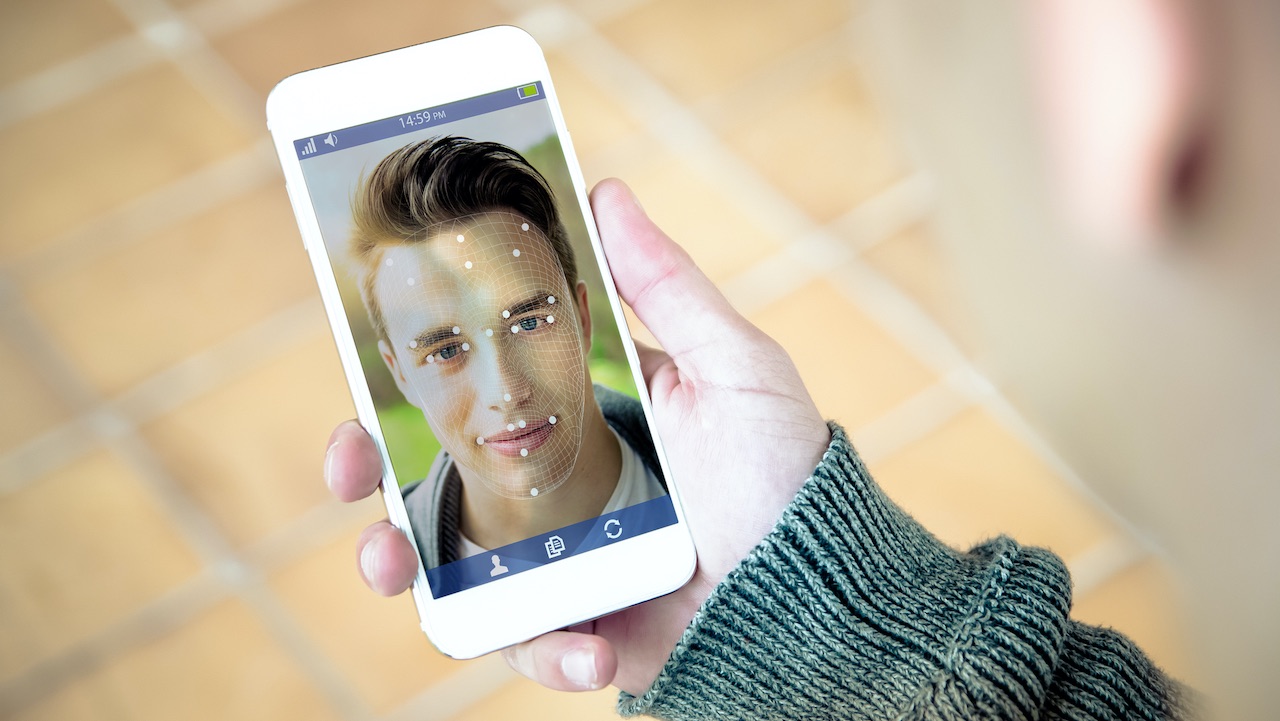Not only conversational chatbots live these days.
Of course, ChatGPT and competing technologies, now that they will be integrated into the best known search engines, continue to be talked about.
Ma another declination of artificial intelligence, namely facial recognition, is making a comeback in recent days. Linked to the driver’s license exam.
And we talked about the driving license in a recent article, because a small revolution in this sense could materialize in the European Union in a relatively short time. That is the introduction of the digital licence, driving at 17 and some renewals in the exam to be able to drive.
Today, however, the examination of the license with facial recognition arises from a need, or rather two.
Let’s find out, together with the inevitable controversies (complete with an investigation by the Privacy Guarantor) that ensued.

Driving license exam with facial recognition
The use of facial recognition in the theory test of the license actually dates back to last October 25th. And it was introduced by MIT (Ministry of Infrastructure and Transport).
There are two reasons for introducing this technology. Avoid mistaking the person in the examination and, also considering the lack of personnel of the civil motorisations, streamline bureaucratic times. For the same reason, the quizzes have also been reduced.
The March 2022 report
The main problem to be solved, that of the lack of personnel, had already been revealed in March 2022.
When, during a hearing at the Transport Commission of the Chamber of Deputies, the director general of the civil motorization, Pasquale D’Anzi, brought the complaints of users to the attention of the audience. Who complain about the long times of the services, including the booking of the theoretical driving test.
D’Anzi has precisely identified the reasons for the discontent in the “progressive reduction of personnel and the consequent loss of key skills”, and in the “non-optimal distribution of resources on the territory”.
It is in the same report that the proposal was made to include facial recognition in the driving license exam. And the experimentation phase, which began with the aforementioned green light from MIT on October 25, 2022, would end in January 2023.
How does it work
How does facial recognition work for the driving test?
The candidate must go through a turnstile connected to a tablet with a built-in webcam, which scans biometric datacheck the correspondence with those of the document shown during registration, and confirm the day and time of the appointment for the test.
A second recognition takes place “at the time before the start of the test, as well as for the entire duration of the same.” To say it is the circular of 29 December 2022, which also explains how to behave in the event of a false positive. In short: in case of facial recognition software error.
There the examiner intervenes, who compares the candidate’s face with his archived image.
The case of Cremona
In February 2023, several candidates (currently not prosecutable) were removed from the Cremona motorization because they were pinched in audio and video connection with those who, from the outside, would have provided the answers to the quizzes.
Beyond this further problem to be solved, Maria Montone, head of the Civil Motorization of Cremona, affirmed that in her headquarters facial recognition for the examination of the license is undoubtedly useful. Both to speed up procedures and to minimize the risk of mistaking people, which – Montone declared – is less infrequent than one thinks.
What about privacy?
The ministry’s circular explains that the images of the candidates, once the biometric data have been recognised, are not retained.
However, as Wired reports, the Privacy Guarantor – not consulted before the experimentation began – would have opened an investigation to analyze the adequacy of the instrument.
Above all because the Gdpr states that invasive systems such as facial recognition can only be used if there is no alternative.
We recall that the Guarantor, last November, had opened an investigation against the Municipalities of Lecce and Arezzo.
And in the case of Lecce, it was a system that uses facial recognition technologies that ended up in the crosshairs.
In our country, pending an ad hoc law, the use of facial recognition systems (with the use and possible conservation of biometric data) would be permitted only for investigations by the judiciary, or to prevent or repress illegal acts.
















Leave a Reply
View Comments